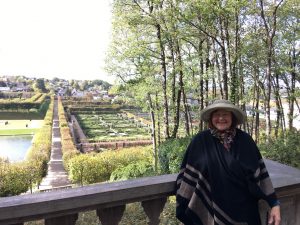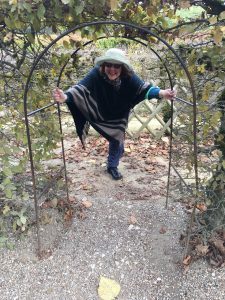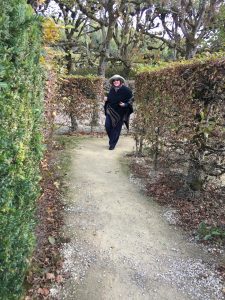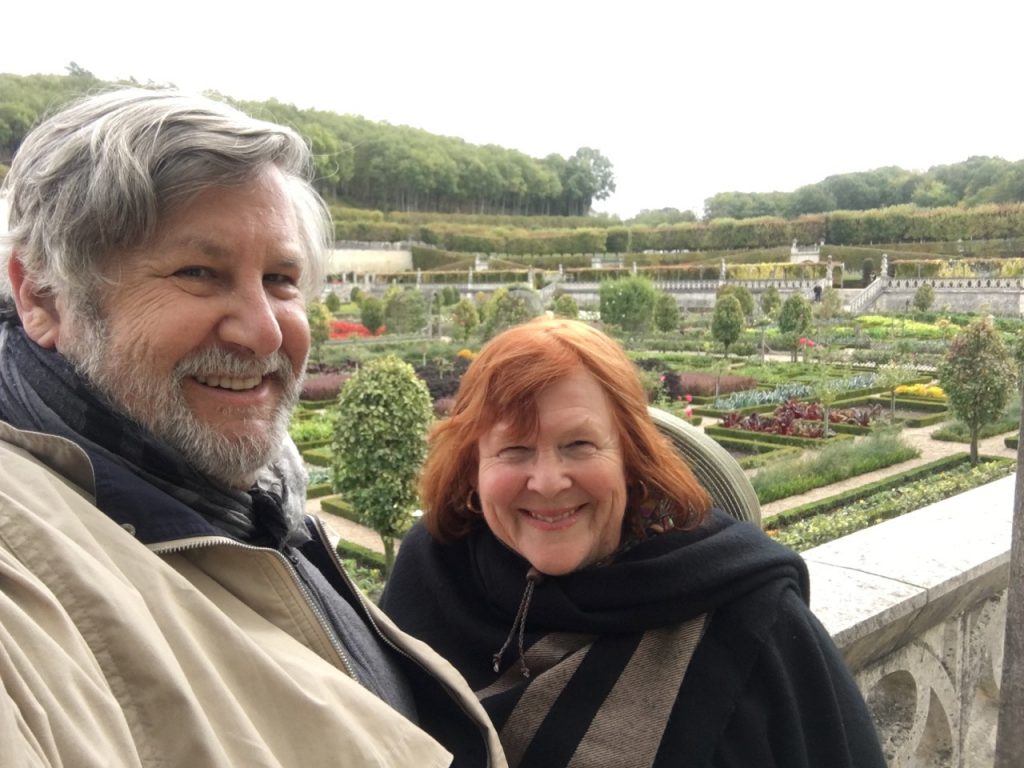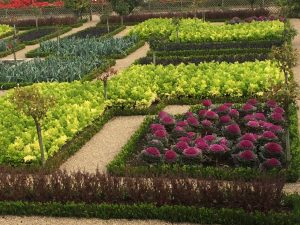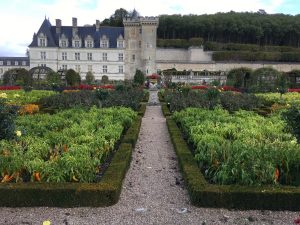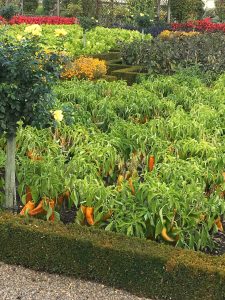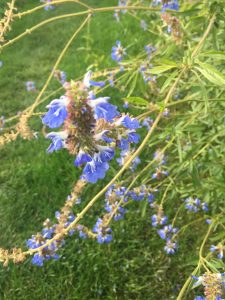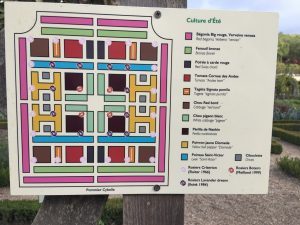Five years ago we spent several days in the Loire Valley. One of the highlights was a visit to the gardens at the Château de Villandry. Well, we are back and while it is always hard to revisit something that was so great on your first visit as there could be a let down or disappointment. Well, it didn’t happen. We arrived late mid morning in a chilly time but it didn’t dampen our spirits of the lovely views of this magnificent place.
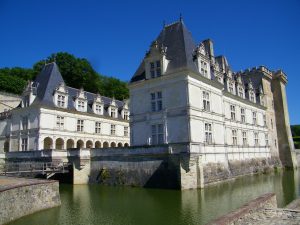
Originally the area was an ancient fortress knows as Columbine. Jean Le Breton acquired this and a new Château was built on the old foundations. The château remained in the Le Breton family for more than two centuries until the Marquis de Castellance acquired it. During the French Revolution, the property was confiscated and in the pass to Napoleon who gave it to his brother Jerome Bonaparte. In 1906 Joachim Cavallo who poured an enormous amount of time, money and devotion into repairing it and creating extremely beautiful gardens purchased it. Its famous Renaissance gardens include a water garden, ornamental flower gardens, an herb garden and an extensive vegetable garden. The gardens are laid out in formal patterns created by low box hedges.
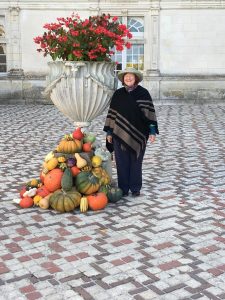
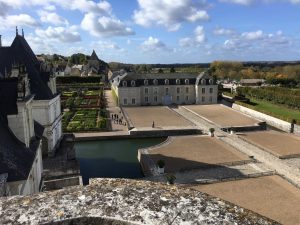
Still owned by the Carvallo family, the Château de Villandry was designated an historical Monument in 1934 and is a world Heritage Site. It is one of the most visited chateaus in France.
After we entered we went to the upper level to take overlook photos of the full gardens, then hiked the wooded area toward the greenhouses.

The ornamental Garden of Love is best viewed from above. Following the recommended path, we strolled past water gardens (complete with pair of swans) to the upper level sun garden, maze, and herb gardens. The formally laid out vegetable gardens can be viewed from the herb garden, emphasizing the alternation of dark (red cabbage) beds and light (bright green celery leaves). These “decorative kitchen gardens” are laid out in nine squares of equal size, but with different geometric patterns in each. The November to March scheme of plantings had already begun, displaying pumpkins on pedestals, beetroot tops, cardoon, white cabbages, and dark green broccoli looking cabbages alongside red cabbages and leeks.

